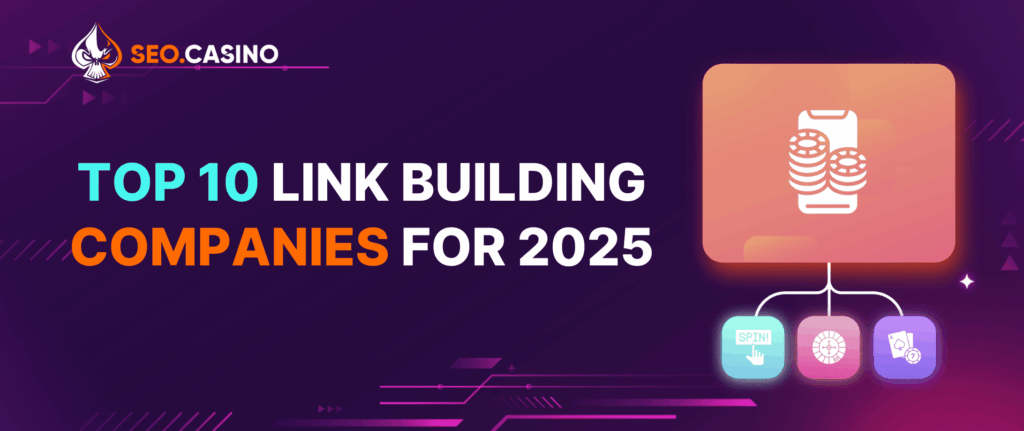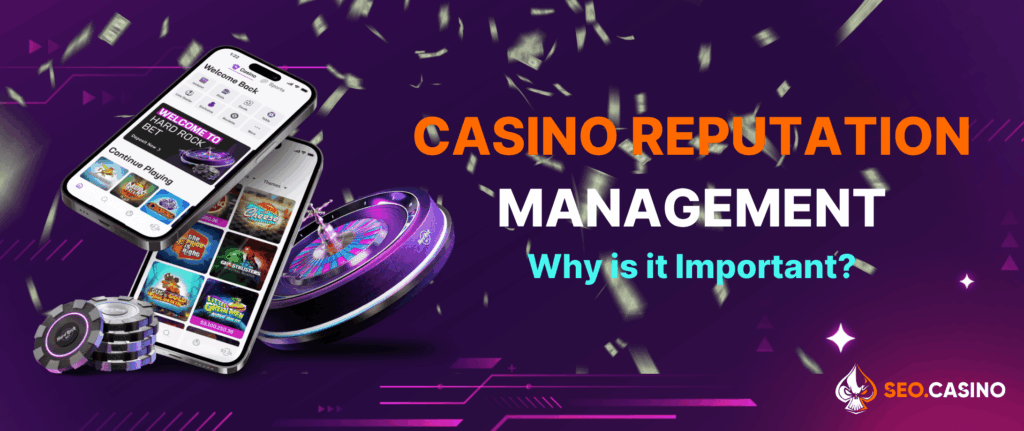
A white label casino is a ready to launch gambling platform that lets you operate under an existing licence on proven infrastructure while running your brand, offers, and acquisition. You skip heavy engineering and regulator paperwork, yet the site looks independent on its own domain with unique design and promotions.
Providers bundle game integrations, compliant payments, support coverage, and ongoing maintenance, so you can focus on positioning, retention, and growth. This route brings a polished white label online casino to market faster than a bespoke build, which is why white label casinos remain a practical starting point for new operators.
How a White Label Casino Works
Buying a white label casino solution means onboarding a complete business layer. The platform holder manages hosting, uptime, and legal obligations. You set visuals, curate content, configure bonuses, and run campaigns. Licences typically come from Anjouan, Malta, or the Isle of Man. Curacao moved to end umbrella setups, so the classic model no longer applies there.
The provider supplies payment rails, merchant accounts, live chat and email support, release management, and monitoring. That stack shortens onboarding with processors and reduces friction common in white label gambling. Commercials often follow revenue share, for example about 40 percent of GGR to the operator and 60 percent to the platform, with hybrids available where a platform fee lowers rev share.

Core Features of a White Label Solution
Payment Solutions
Reliable cash flow drives conversion. Mature setups cover cards, e wallets, bank transfers, vouchers, and major cryptocurrencies, then layer regional options that match local habits. Multicurrency support comes standard, as do fast and traceable withdrawals that satisfy regulator timelines. Compliance sits inside the flow through AML controls, velocity checks, and chargeback playbooks that protect processor relationships and keep risk manageable at scale.
Games and Platform
Brand differentiation starts with customisable lobbies, language packs, and geo based catalogues. The back office should include segmentation, bonus orchestration, A B testing hooks, affiliate tracking, and real time dashboards for product and marketing KPIs. Mobile performance is non negotiable, so pages must load quickly and navigation must remain smooth on iOS and Android. Content breadth matters just as much. A strong aggregator rotates new titles across slots, tables, jackpots, and live dealer to keep campaigns fresh and maintain VIP interest. Selecting the best white label gambling solution often comes down to vendor coverage by market, curation tools, and the cadence of certified releases. Under the hood, stable white label casino software reduces bugs during promotions and simplifies training for your team.
Security and Compliance
Operating under the provider’s licence simplifies exposure, but controls must be rigorous. Expect KYC with sanctions screening, source of funds checks where required, monitoring for unusual behaviour, and visible responsible gambling tools such as limits, cool offs, and self exclusion. Many stacks add behavioural analytics that flag risk patterns for manual review and audit logs. Your white label gambling site should make these safeguards easy to find and impossible to bypass, which protects players and preserves long term processor and regulator trust.
Advantages of the White Label Casino Model
The model removes early technical and legal blockers, so capital flows to growth activities and data driven iteration.
No Separate Licensing Process
You operate under the provider’s authorisation. Legal onboarding is faster, document requests are lighter, and you avoid lengthy interactions with regulators in expensive or restrictive jurisdictions.
Reduced Time to Market
Standalone builds demand certifications, processor approvals, and multiple integrations. A prebuilt stack compresses that sequence, so well prepared teams can launch within weeks and align campaigns with seasonal demand.
Lower Upfront Operational Costs
Budget shifts from platform development and audits to user acquisition, CRM, and content. Variable costs through revenue share and measured platform fees limit downside while you validate cohorts.
Access to Integrated Infrastructure
Game aggregation, payment orchestration, KYC and AML tooling, CRM and bonus engines, antifraud, and affiliate tech arrive pre integrated and field tested. Cohesive systems reduce edge case failures and let teams concentrate on segmentation, offer design, and partner management.
White Label Casino Risks
Reputation and Player Perception
Jurisdictional Limitations
Brand Dependency
Long term Scalability
How to Choose the Right White Label Provider
Track record and proof
Jurisdiction and reach
Customisation scope
Reliability at scale
Transparent economics
Data access
Migration path
Partnership model
Strategic fit
White Label Gambling vs Turnkey Solutions

Both models reduce barriers to entry, yet they assign control and responsibility differently. In white label gambling, the platform owner handles licensing, payment processing, compliance, hosting, and core backend. The operator focuses on branding, acquisition, CRM, and retention. Core features usually remain fixed, payment partners are pre integrated, and the commercial model often follows revenue share. The entry is quick and capital light, but operational control is limited.
Turnkey solutions grant broader control. The provider supplies software and technical framework, while the operator obtains the licence, signs processors, selects game vendors, and manages compliance. Cost and responsibility rise, but so do independence and long horizon flexibility. Revenue share is typically absent, which improves margins once traffic stabilises. If speed and simplified regulation matter most, a white label casino solution fits. If autonomy and deep customisation drive the plan, turnkey wins.
| Decision Criterion | White Label Approach | Turnkey Approach |
| Launch timeline | Several weeks using a ready onboarding package | Several months due to licensing and compliance checks |
| Degree of control | Branding and core settings are adjustable | End to end control with option to build custom modules |
| License ownership | Operates under the provider’s authorization | Operator secures and manages its own license |
| Commercial model | Revenue sharing, often with additional platform fees | Pay for software and services, retain all revenue |
| Payments and game content | Uses preconnected gateways and aggregated content | Operator handpicks and contracts all providers |
| Strategic suitability | Suits rapid market trials and quick scale ups | Suits experienced teams with long horizon growth plans |
| Typical scenario | Fast validation with minimal operational overhead | Full ownership across complex markets with bespoke UX |
Steps to Launching a White Label Online Casino
Market research
Define target geographies, player segments, preferred payment methods, and competitive benchmarks.
Business plan
Set budget, CAC and LTV targets, bonus policy, risk thresholds, and reporting cadence.
Provider shortlist
Compare licences, payment stack, content coverage, SLA, data access, and total cost of ownership.
Brand and UX
Deliver brand assets, localisation plan, lobby structure, and CRM journeys for onboarding and reactivation.
Payments and games
Select relevant methods per region, connect priority content, and test KYC, cashier, and withdrawal flows.
Compliance setup
Configure limits, self exclusion tools, affordability checks where required, and audit ready logs.
Soft launch
Start with controlled traffic, validate funnels, measure retention cohorts, and tune bonus burn and fraud rules.
Go live
Scale acquisition channels, activate affiliate programs, and iterate on offers with real time dashboards.
The operator manages first line support, marketing, and retention. The platform owner runs licensing, hosting, technical support, and software updates. Pricing usually covers initial setup, customisation, monthly maintenance, compliance operations, and third party integrations. For a scalable white label gambling site, budget for localisation, payment routing by market, and content certification in target regions.
Future Trends in White Label Gambling
Adoption will follow improvements in payments, identity controls, personalisation, and modular engagement:
| 💸 Faster payments and crypto | Support for instant bank rails and selected cryptocurrencies, including stablecoins, attracts users who value speed and predictable settlements. On and off ramp integrations reduce failed payouts and lower operational load where banking rules are strict. |
| 📜 Stronger compliance | Expect mandatory responsible gambling features, automated sanctions screening, affordability checks in certain markets, and better audit trails. Platforms that simplify these controls will win approvals faster. |
| 🤖 AI driven personalisation | Behavioural models guide campaign timing, bonus sizing, and churn prevention while detecting anomalies for fraud teams. |
| 💬 Social and streaming layers | Embedded chat, community events, and creator integrations increase return rates. In several data sets, social features correlate with roughly 30 percent higher re-engagement. |
| ☁️ Elastic cloud hosting | Auto scaling keeps performance stable during major content drops and sports peaks, without costly overprovisioning. |
| 🧩 Product modularity | More providers will package features as opt in modules so an operator can shape a white label online casino to specific markets. This evolution keeps a white label casino solution relevant for longer lifecycles. |
Conclusion
The model suits teams that value speed, controlled risk, and a complete operating stack from day one. The packaged approach preserves capital for growth and allows real world validation before heavy investment in proprietary systems. The format is not universal since the platform owner carries regulatory exposure for operator activity, so experienced teams with clear plans usually secure priority.
At SEO.Casino we help select vendors, structure contracts, configure payments and content for target markets, and build the SEO foundation that compounds results after launch.







